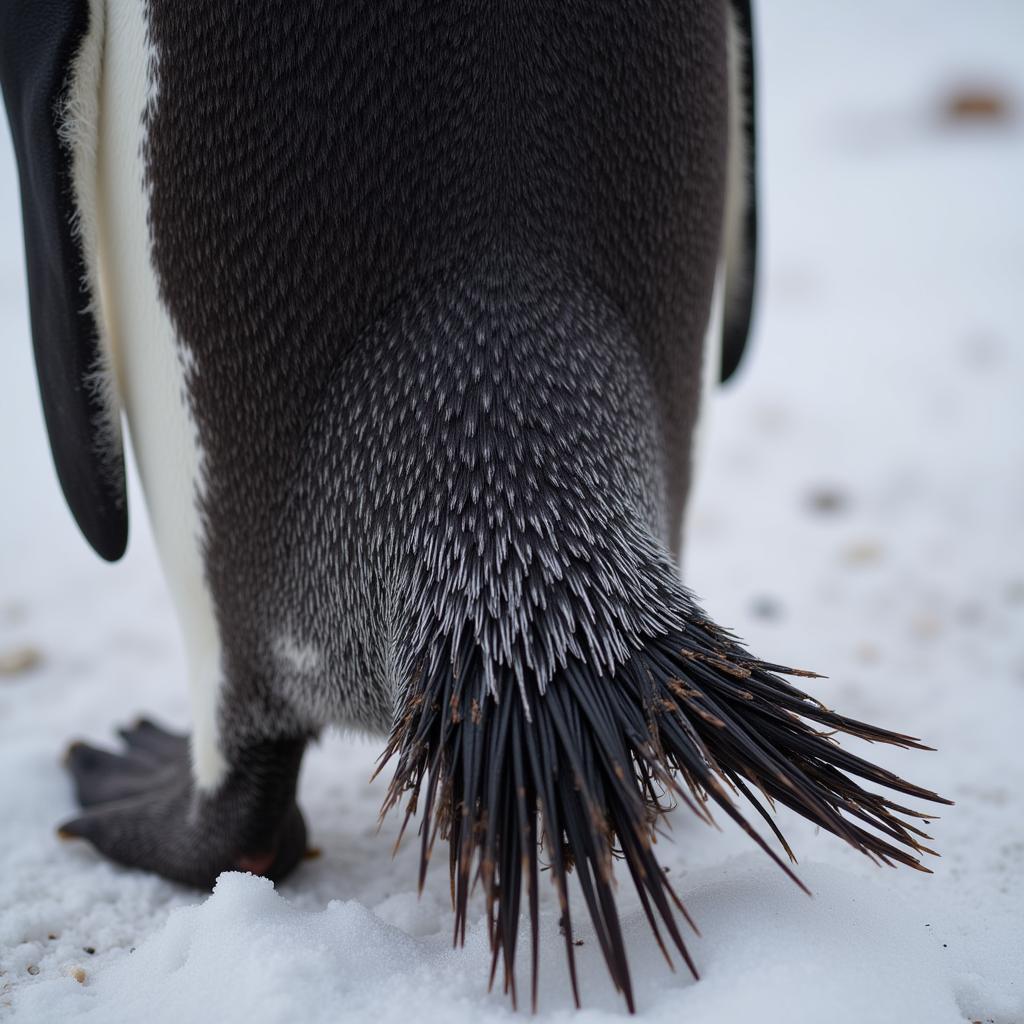Unveiling the Mysteries of the African Antelope Mask
African Antelope Masks hold a significant place in the rich tapestry of African art and culture. These intricate creations, often carved from wood and adorned with vibrant colors and symbolic embellishments, are more than just decorative objects. They represent a powerful connection to the spiritual world, embodying the spirit of the antelope and its associated meanings within various African communities. Let’s delve into the fascinating world of these masks and uncover the stories they tell. The diverse cultures across the African continent each have unique traditions surrounding the creation and use of African antelope masks. From initiation rites to harvest festivals, these masks play a vital role in cultural ceremonies, embodying the spirit of the antelope and connecting communities to their ancestral heritage.
The Symbolism of the Antelope in African Culture
The antelope, with its grace, speed, and alertness, holds a special place in many African cultures. It is often seen as a symbol of fertility, abundance, and vigilance. In some societies, the antelope is associated with royalty and leadership, while in others it represents the spirit of the ancestors. The specific symbolism varies depending on the region and the specific antelope species depicted in the mask. For example, the roan antelope, with its impressive horns, may be associated with power and masculinity, while the smaller duiker might represent agility and resourcefulness. These nuanced interpretations add layers of meaning to the African antelope mask, reflecting the deep connection between humans and nature that characterizes many African cultures. You can learn more about the struggles for equality in the African American struggle for equality timeline.
What does the antelope symbolize in African culture? The antelope represents fertility, abundance, vigilance, and in some cases, royalty or ancestral spirits.
Crafting the African Antelope Mask: Materials and Techniques
African antelope masks are typically carved from wood, although other materials like leather, bone, and metal can also be incorporated. The specific type of wood used often holds symbolic significance. For instance, a hard wood might be chosen to represent strength and resilience. The carving process itself is a skilled craft passed down through generations. Artisans utilize traditional tools to shape the wood, meticulously adding details like horns, ears, and facial features. The masks are then often painted with vibrant pigments derived from natural sources, further enhancing their symbolic meaning. The use of specific colors and patterns often holds cultural significance, conveying messages related to social status, clan affiliation, or spiritual beliefs.
The Role of Color and Ornamentation
The colors and ornamentation used on African antelope masks add another layer of meaning. Bright colors like red and yellow might symbolize power and vitality, while white can represent purity and the spirit world. Shells, beads, and feathers are often added to enhance the mask’s aesthetic appeal and symbolic power. These additions can represent wealth, status, or a connection to the natural world. These masks serve as a tangible link to the spiritual realm, allowing individuals to connect with their ancestors and the forces of nature.
African Antelope Masks in Ritual and Performance
African antelope masks are not merely static objects; they are brought to life through ritual and performance. In many African cultures, masks are worn during ceremonies related to important life events, such as initiations, harvests, and funerals. The wearer of the mask embodies the spirit of the antelope, becoming a conduit between the human and spiritual worlds. The masks are often accompanied by music, dance, and storytelling, creating a powerful and immersive experience for all involved. These performances serve to reinforce cultural values, transmit knowledge, and strengthen community bonds. To further understand the context of these traditions, it might be helpful to learn about African American life in the early 1900s.
How are African antelope masks used in rituals? They are worn during ceremonies, connecting the wearer to the spirit world, often accompanied by music, dance, and storytelling.
The Evolution of African Antelope Masks in the Modern World
While traditional uses of African antelope masks continue in many communities, these powerful objects have also found a place in the modern world. They are increasingly appreciated as works of art, collected by museums and private individuals around the globe. Contemporary African artists also draw inspiration from these traditional forms, creating new interpretations that reflect the evolving cultural landscape. The 2022 African Cup of Nations in Cameroon highlighted the vibrancy of African culture. It is essential, however, to approach the appreciation and collection of African antelope masks with respect and sensitivity, acknowledging their cultural significance and ensuring ethical sourcing practices.
Conclusion
African antelope masks represent a profound connection between art, culture, and spirituality. From their symbolic meanings to their role in ritual and performance, these masks offer a glimpse into the rich and diverse cultures of the African continent. By understanding the stories behind these intricate creations, we can gain a deeper appreciation for the artistic heritage of Africa and its enduring power to inspire and connect us to the natural and spiritual worlds. The African antelope mask serves as a reminder of the importance of honoring tradition while embracing the evolution of art and culture.
FAQ
- What materials are African antelope masks typically made of? Wood is the most common material, but bone, leather, and metal can also be used.
- What does the antelope symbolize in African cultures? The antelope often symbolizes fertility, abundance, vigilance, and sometimes royalty or ancestral spirits.
- How are these masks used in ceremonies? They are worn during rituals, connecting the wearer to the spiritual realm, often accompanied by music, dance, and storytelling.
- Are African antelope masks still used today? Yes, both in traditional ceremonies and as appreciated art forms.
- Where can I learn more about African art? Museums, cultural centers, and reputable online resources are good places to start.
- What should I consider when purchasing an African antelope mask? Ensure ethical sourcing and respect the cultural significance of the object.
- How are contemporary artists incorporating antelope mask imagery in their work? They are reimagining traditional forms to create new interpretations reflecting evolving cultural landscapes.
Need more information about African culture and heritage? Explore more articles on our website related to African art, history, and traditions.
For any assistance or inquiries, please contact us:
Phone: +255768904061
Email: kaka.mag@gmail.com
Address: Mbarali DC Mawindi, Kangaga, Tanzania
Our customer service team is available 24/7.


